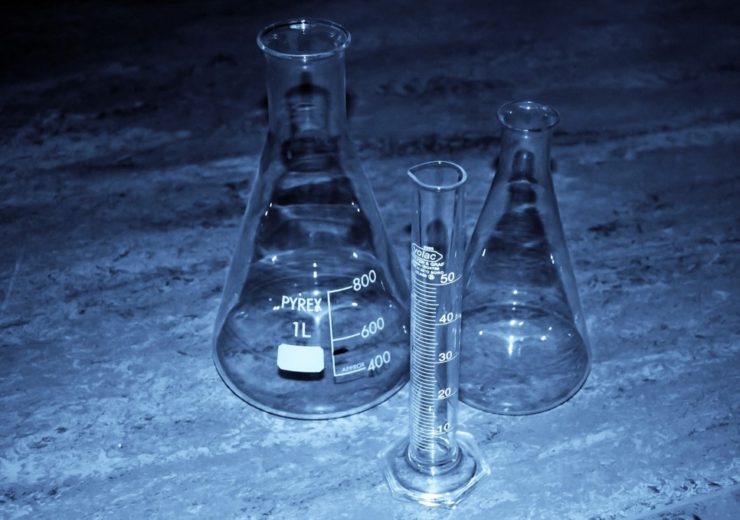Data and analytics firm GlobalData forecasts China's acrylonitrile capacity to grow rapidly through to 2022

Acrylonitrile is a toxic liquid used to make artificial fibres and other polymers
The acrylonitrile capacity in China is to expand at an compound annual growth rate (CAGR) of 12.1% between 2017 and 2022, according to a new report.
The study by data and analytics firm GlobalData suggests the country’s capacity will increase from 2.124 million tonnes per annum (mtpa) to 3.754 mpta over the five-year period.
Oil & gas analyst at the firm John Paul said: “China is set to have large capacity additions, primarily to cater to the increased domestic demand and minimise imports.”

What’s driving China’s acrylonitrile capacity?
In 2017, the largest acrylonitrile plants in China were Jilin Petrochemical Company‘s Jilin- based plant, China Wanda Group’s Dongying facility, Jiangsu Sailboat Petrochemical’s station in Lianyungang and Shanghai SECCO Petrochemical Company’s two plants in Caojing.
Meanwhile, six new plants are planned for introduction in 2022: CNOOC Refinery Dongfang Acrylonitrile Plant, Guangdong Peng Zun Energy Development Donghai Island Acrylonitrile Plant, Shandong Haili Chemical Industry Zibo Acrylonitrile Plant, ShengHong Holding Group Lianyungang Acrylonitrile Plant, Sinochem Quanzhou Petrochemical Quanzhou Acrylonitrile Plant and Zhejiang Petrochemical Daishan Acrylonitrile Plant.
The majority of the country’s capacity is accounted for by a handful of organisations, with China National Petroleum Corp, China Petrochemical Corp, BP Plc, China Wanda Group and Jiangsu Shenghong Group Co Ltd holding 93% between them.
Similarly, the lion’s share of the demand is tightly focused, with Acrylonitrile-Butadiene-Styrene Polyacrylonitrile, Nitrile Elastomer and Acrylamide snapping up 97.9% as recently as 2017.
Between 2008 and 2017, China had been a net importer of acrylonitrile and, according to GlobalData, this is to continue as imports of the compound continue to exceed exports in the country through to 2022.
Specifically, the firm forecasts imports as a percentage of demand to decrease from 13.5% in 2017 to 5.8% in 2022, with it having been as high as 23.4% in 2008.
Its average price is also expected to increase at a CAGR of 3.3% from $1498.6/tonnes in two years ago to $1655.8/tonnes in 2022.
